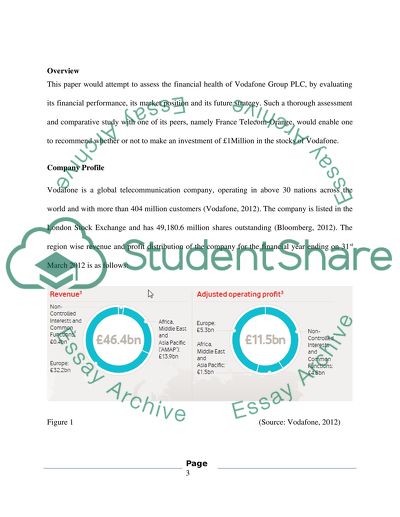Cite this document
(“Analyst Management Summary Report of Vodafone UK Essay”, n.d.)
Analyst Management Summary Report of Vodafone UK Essay. Retrieved from https://studentshare.org/marketing/1460567-analyst-management-summary-report-of-vodafone-uk
Analyst Management Summary Report of Vodafone UK Essay. Retrieved from https://studentshare.org/marketing/1460567-analyst-management-summary-report-of-vodafone-uk
(Analyst Management Summary Report of Vodafone UK Essay)
Analyst Management Summary Report of Vodafone UK Essay. https://studentshare.org/marketing/1460567-analyst-management-summary-report-of-vodafone-uk.
Analyst Management Summary Report of Vodafone UK Essay. https://studentshare.org/marketing/1460567-analyst-management-summary-report-of-vodafone-uk.
“Analyst Management Summary Report of Vodafone UK Essay”, n.d. https://studentshare.org/marketing/1460567-analyst-management-summary-report-of-vodafone-uk.


